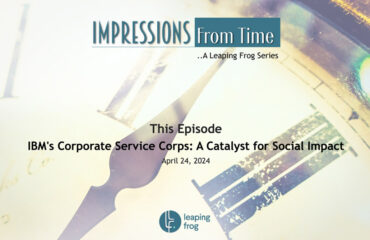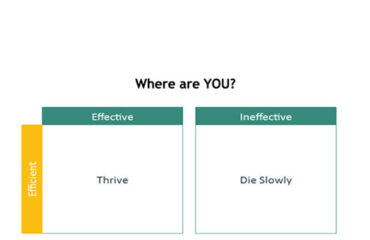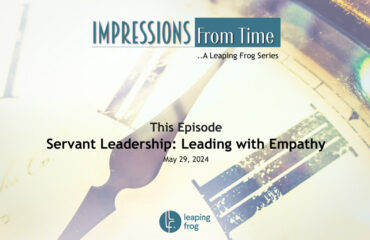
Design thinking, a human-centred approach to innovation, has transformed how organisations approach problem-solving and product development. IDEO, a global design company, played a pivotal role in popularising this methodology, which integrates people’s needs, technology possibilities, and business success requirements. The impact of design thinking is profound, fostering innovation across various industries and revolutionising traditional business practices.
The Evolution and Emergence of Design Thinking
The concept of design thinking is rooted in the practices of designers who have long focused on understanding and solving human problems. However, in the late 20th century, this approach began to gain recognition as a formal methodology applicable beyond the realm of design. IDEO, founded in 1991 by David Kelley, emerged as a leader in promoting and applying design thinking across diverse sectors.
David Kelley and his colleagues emphasised the importance of a human-centred approach in addressing complex challenges. IDEO’s philosophy is centred around empathy, experimentation, and iteration. The firm’s success in creating innovative products, such as the first Apple mouse, showcased the potential of design thinking to drive significant advancements.
The formalisation of design thinking as a methodology can be traced to the early 2000s when IDEO began to articulate and share its approach more widely. In 2008, IDEO’s CEO Tim Brown published an influential article in the Harvard Business Review titled “Design Thinking,” which brought the concept into the mainstream business discourse. Brown highlighted the importance of understanding users’ needs and behaviours through observation and engagement, emphasising that design thinking is about seeing the world from the perspective of those you are designing for.
Fundamental Principles of Design Thinking
Several key principles characterise design thinking:
- Empathy: Understanding users’ needs, desires, and experiences is fundamental. This involves immersing oneself in the users’ environment and gaining deep insights into their challenges.
- Define: Clearly articulating the problem based on the insights gathered. This step involves synthesising information to identify the core issues that must be addressed.
- Ideate: Generating a wide range of ideas and solutions. This phase encourages creative thinking and brainstorming, allowing for diverse perspectives to emerge.
- Prototype: Creating tangible representations of ideas. Prototyping allows for experimentation and testing, enabling teams to refine and improve their solutions.
- Test: Evaluate the prototypes with users to gather feedback and iterate on the designs. This iterative process ensures that the final solution effectively meets the users’ needs.
Research and Impact
Research in design thinking has shown that this approach significantly enhances innovation and problem-solving capabilities. A study conducted by the Design Management Institute found that companies practising design thinking outperformed the S&P 500 by 219% over ten years. The study highlighted that these companies consistently delivered superior financial results by focusing on user-centred design and innovation.
Moreover, research by Stanford University’s School, a pioneer in design thinking education, has demonstrated that design thinking fosters a culture of collaboration, creativity, and resilience. The School’s programs have equipped individuals and organisations with the tools and mindset to tackle complex challenges, driving impactful change across industries.
Implications and Usage in the Modern Corporate World
The adoption of design thinking has reshaped how organisations approach innovation and problem-solving. Here are some ways it is being applied in the modern corporate world:
- Product Development: Companies use design thinking to create products that resonate with users. By involving users early in the design process, firms can develop solutions that meet real needs and enhance customer satisfaction.
- Service Design: Organizations apply design thinking to improve customer experiences and streamline service delivery. This approach helps identify pain points and design seamless, user-friendly services.
- Organizational Transformation: Design thinking fosters a culture of innovation within organisations. It encourages cross-functional collaboration, breaking down silos and promoting a more holistic approach to problem-solving.
- Social Innovation: Design thinking is also used to address complex social issues. Nonprofits and social enterprises leverage this methodology to develop impactful solutions for healthcare, education, and sustainability challenges.
IDEO’s popularisation of design thinking has had a lasting impact on how organisations approach innovation. By placing human needs at the centre, design thinking offers a powerful framework for solving complex problems and creating meaningful solutions. As businesses continue to navigate an increasingly complex and dynamic environment, design thinking principles will remain essential in driving innovation, fostering collaboration, and achieving sustainable success. The legacy of IDEO and the evolution of design thinking underscore the importance of empathy, creativity, and iteration in shaping the future of business and society.




